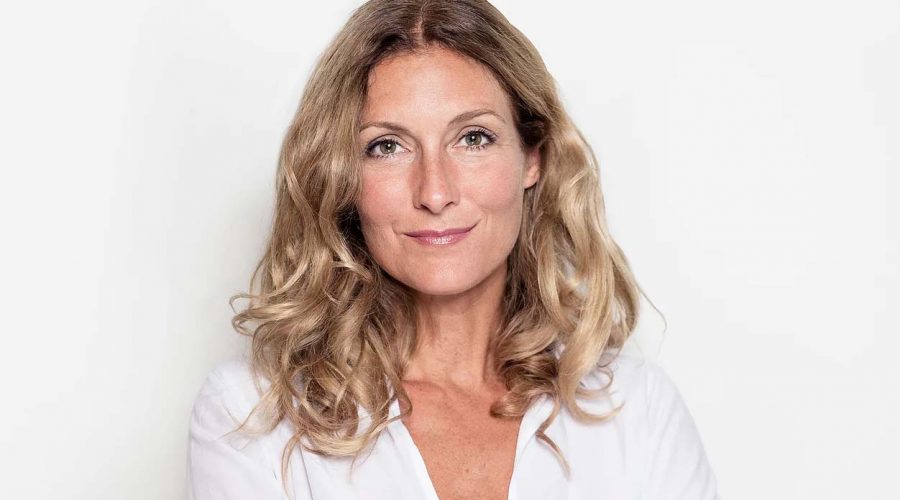Federal Labor’s proposed top-up payments to help women close the gender gap in superannuation savings is a great start, but it needs to go further to make a meaningful improvement to the economic security of Australian women.
According to a Fairfax Media report Labor will pledge a top-up financial boost for 167,000 women on the Commonwealth paid parental leave scheme and another 80,000 recipients of the “dad and partner payments” scheme.
The proposal means that new parents working for the following organisations are likely to benefit: Affiliated Health Organisations, Board Governed Statutory Health Corporations, Cancer Institute, Chief Executive Governed Statutory Health Corporations, Local Health Districts, Ministry of Health, NSW Ambulance Service, NSW Health Pathology, Public Health System, Support Division, and Specialty Network Governed Statutory Health Corporation.
But with over 3-million women in full-time work, and about 2.7-million in part-time work, it is fair to say that we need a much bigger action plan to help narrow the superannuation savings gap that affects most women, particularly in the private sector.
In recent years, pressure has been mounting on the two major federal political parties to do something to address the super gap, which leaves the average woman with between 60 per cent – 70 per cent of the retirement savings of men, once they reach about 65 years of age.
According to an analysis of AustralianSuper’s 2.2 million members, the average woman retires with $87,486 compared $125,534 for men.
The gender gap in superannuation can be attributed to lower average wages among women and the fact that women take longer career breaks, or are more likely to work part-time, to care for children and loved ones.
The current superannuation system does not pay super on neither the paid or unpaid components of parental leave. This means that any decision to pay super on parental leave is often left to employers.
Over the past 18 months we have see a rise in corporates starting to offer this, particularly among financial services companies.
Opposition Leader Bill Shorten is expected to outline a $400 million plan on Wednesday as part of a move aimed at making economic security for women one of his priorities at the next federal election.
What’s become increasingly clear in recent months is that the Federal Government seems unable to improve key areas of economic disadvantage that affect women, including the super gap, the gender pay gap, high poverty rates in single elderly women, financial literacy, and domestic and financial violence
Prime Minister Scott Morrison is currently preoccupied trying to contain a Liberal Party row over the shortage of women in Parliament and concerns about bullying tactics against women in the party.
Fairfax Media says the proposed payments would be targeted at the same parents who qualify for the Commonwealth’s paid parental leave scheme, which offers $719.35 a week for 18 weeks for those who meet a work test and earn less than $150,000 a year.
There’s no question that this expected announcement is a great start, but what’s needed are more details on rolling this out more broadly to ensure private sector companies also follow-suit.













